How to Start A Luxury Fashion Brand in 2025
Building a Luxury Fashion Brand
Introduction
How do you become a brand that can sell a black cardigan for $975 plus tax like this Mary one here when Walmart has a very similar one for just under $16?
You’re probably thinking oh no the Marne one must be much better quality, it must be made of silk, it must be made of cashmere, unicorn hair. Actually, it’s not. It’s made of cotton, 100% cotton, and so is the Walmart one. So let’s talk about Building a Luxury Fashion Brand.
What You’ll Learn in This Blog
In this blog, I’m going to teach you how you can create the luxury effect for your fashion brand. Here’s how to start a luxury fashion brand that everyone will want a piece of, but only an exclusive few will be able to get their hands on. By the way, make sure to stick to the end because I’m going to go through key things that you need to know in order to make your luxury brand actual luxury. I’ll also build a fake brand from scratch so you can see how it’s done.
So in today’s blog, we’re going to be talking about how to price your products, how to brand yourself. How to land high-profile collaborations, and how to shape a consumer’s perception.
Key Strategies: Building a Luxury Brand
1. Why Branding Matters More Than You Think
- If your first foray into the fashion game is starting a luxury fashion brand, then you definitely have the right idea.
- One trick is to sell to the wealthy so that you can later afford to produce the volume it takes to sell to the masses.
- But how do you become a brand that can sell a black cardigan for close to $1,000?
- You don’t have to spend millions of dollars in advertising, hire a big fancy PR firm, or get endorsed by every influencer (although that would help).
- The trick is to start building associations, preferably positive ones, in your audience’s mind.
2. Building Associations: The Secret to Luxury Branding
- Entrepreneur Alex Hermosi says pairing your brand with something or someone that your audience likes and is interested in is how you build a luxury brand.
- When Chanel paired their brand with actor Keira Knightley, that pairing developed an association of class, wealth, and beauty.
- It’s the association—it’s the pairing—that people are buying.
- When you continue to plant little seeds of associations over time, these seeds accumulate and grow into the bouquet of flowers that is your brand.
- At that point, your brand starts to mean something to people. Specifically, it starts to mean the thing that consumers like and want to associate themselves with.
3. The Role of Aspirational Figures and Real-World Endorsements
- Especially if consumers are not only receiving the message from you as a brand but also seeing other aspirational people wearing and endorsing your products out in the real world.
- We can’t buy the feeling of class, wealth, status, and beauty, so consumers go for the next best thing so that they can associate themselves with those feelings.
- They buy a piece of that feeling that you’re selling.
- Why? All because you as a brand have associated yourself with that feeling, that idea, that person, place, or thing that they liked.
- In Chanel’s case, it was Keira Knightley; in Nike’s case, it was Michael Jordan.
Quality
The next step for you is to start thinking about what that pairing is going to be for your luxury fashion brand. What people, places, food, music, other brands, and values does your audience find important? So let’s say you have a premium linen clothing company.
Your audience might be interested in jazz music and exclusive island getaways. So those pairings could look like an endorsement from a niche underground saxophone player and your products being carried in boutique shops in Capri. But what happens if tomorrow you find out that that cool jazz musician got arrested for shoplifting or that Capri isn’t the tourist hot spot that it once was? Well, now we’ve just created a really bad association. Whoops.
So to get started, make a list of people, places, other brands, and things that your consumers will be attuned to and develop goals around how your brand can associate itself with those things. Do you have a dream collaborator? Reach out, send a DM on Instagram, a LinkedIn message, even. But probably most importantly, immerse yourself in the network of people who are also in the same boat as you. Like galas, parties, fundraisers, fashion events, sporting events. These are all really great places to meet brand owners, designers, PR agencies, marketers, the people that you need to know in order to get the ball rolling for those collabs. Product collaborations, pop-ups, influencer endorsements, those are all really great ways to start associating your brand with other brands adored by your target demo.
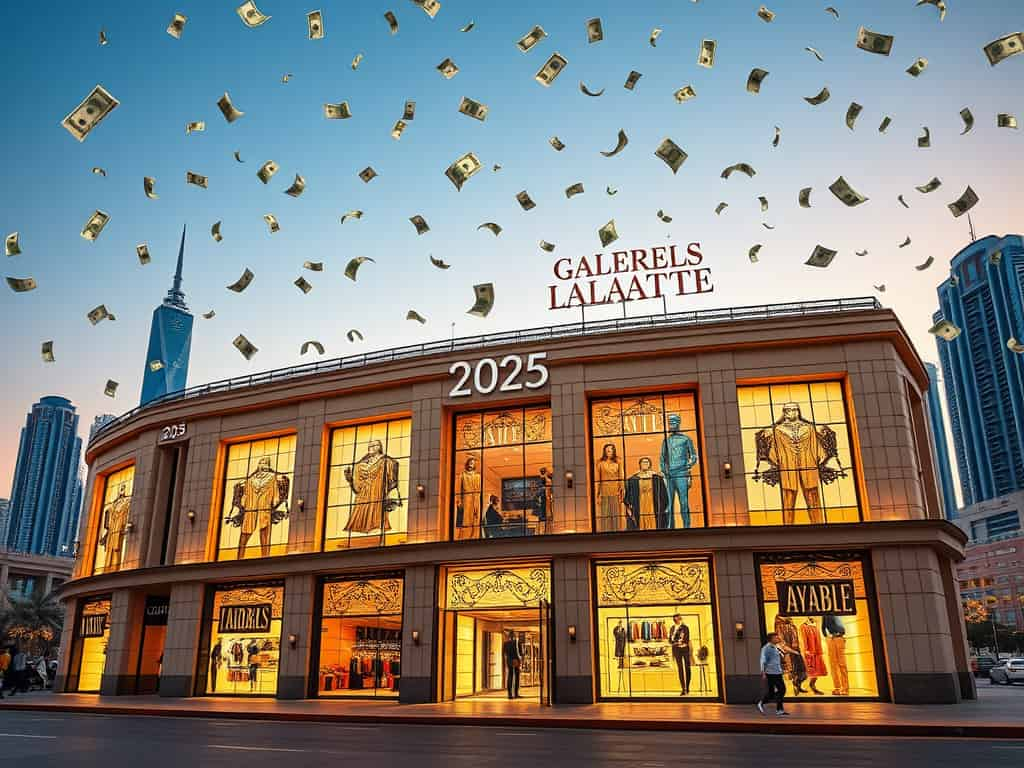
Exclusivity
So branding, guys, is by far the most important factor that contributes to a company’s ability to mark up their prices. However, there are other factors that influence consumer behavior, and one of them being quality. You can have Hailey Bieber, Mariah Carey, and a hologram of Marilyn Monroe, all the greats in the world wearing your products.
But if your customer has a negative experience with the actual product itself, maybe it’s the quality or the performance, this will hurt brand perception and turn people away from your products.
You can go real luxury with it, you can go calfskin, silk, gold, and leather, or you can go just durable enough with it, like cotton, wool, and silver. But as long as your product or piece of clothing or jewelry or whatever it is that you’re selling isn’t shrinking, isn’t breaking or tarnishing, you’ll be able to maintain a high-quality standard and keep your brand’s positive perception up. This is so important after all the marketing and the work that you’ve done to build those positive associations.
Storytelling
So far, we’ve learned that branding and quality are what differentiates a luxury brand from a mass-marketed brand. But what else? Exclusivity will forever be a cornerstone of luxury fashion brands. The power of exclusivity, having something that others can’t easily access, is the epitome of luxury.
Whether that means being carried at exclusive boutiques and retailers or dropping products in limited runs, consumers shopping for luxury items seek that feeling of attaining something that’s hard to get and out of reach for most. So you might not be able to get carried at Goodman’s when you’re just starting out, and that’s fine.
But a good way to keep your products exclusive is selling them online in your own store. That way, you get control of the price, the amount of products available, and your overall branding. To do that, I would check out Shopify. You can get your online store up and running pretty quickly in a matter of days, if not hours. Obviously, I will leave a link for you guys in the description box below for a free trial.
Networking
And then in addition to exclusivity, there’s another piece of the puzzle when it comes to building your luxury fashion brand: storytelling. Remember that $900 Mary cardigan? Well, their brand tells a story. The founder of the brand, Consuelo Castiglioni, had no formal training in fashion design and came up with fun and unexpected uses of fur to create a differentiation point. In the ’90s, designers were using fur in a very serious, regal manner, and this caught the attention of buyers and press. To this day, Marne remains a fun and experimental brand with flamboyant prints and experimental designs. Colum, the founder of Kid Super, interwove embracing the inner child throughout his brand by posting ridiculous videos of himself to social media, modeling dolls to walk down the runway to debut his collections, and featuring primitive paintings on his actual clothing.
Building a Luxury Brand from Scratch
Brand Story
Heritage, heritage is a key defining differentiator between a luxury fashion house compared to a fast fashion brand. Many luxury fashion houses boast a rich heritage and legacy that goes back generations. While Shein, for example, sells clothes that are kind of like hot at the minute, luxury brands sell more than just a commodity. They are champions of heritage and cultural significance. Heritage is usually rooted in timeless classics, whether that’s the ballet flats as worn by Audrey Hepburn or the “if you know, you know” Bottega Veneta bags. A rich history of tradition is present in the most successful of luxury brands.
All right, guys. So taking everything we know and everything we just learned, let’s build our luxury fashion brand. Okay, so first we want to create our brand story. My brand is going to be called just my full name, Michelle Bal. And as a Mexican woman myself, my brand will draw inspiration from Mexican culture. I’d like for it to embody family ties, a value that is extremely important to Mexican culture.
And I will definitely want to make sure that I’m making that apparent in the clothing designs and the visual branding.
Positive Associations
I want to build positive associations with my brand. Mexico has become a popular travel destination for Americans, so affluent female Americans will be my target demo. My target demo is kind of like on the cutting edge of new food and fashion and culture. So I will make sure that I’ll get my garments worn by Latin artists and early adopters that also uphold my brand values. Where are family ties most prominent? Over food, of course. So I can really see a collab shaping up with this Mexican pottery brand, Obachi. I would design clothes with cute patterns of their plates on my shirts to capture the essence of family bonding time over dinner. And then when I grow, I can think about targeting the bigger guys like Hispanic icons like Rosalia and Bad Bunny one day.
Quality and Exclusivity
The quality of my products will be unmatched, handmade by artisans with only natural materials, no polyester, no sir. And this branding is going to be the pinnacle of luxury. As far as exclusivity goes, because I’m just starting out, I will only sell my clothing on Shopify. I want to have full control, right? So I’ll design my website in muted colors and I’ll convey my brand messaging in product descriptions. I can even do exclusive drops twice a year to keep my products coveted and sought after. I’ll be able to tell my brand story and share its heritage through my designs rooted in my ancestors’ way of living. So I have all the necessary key elements that make a successful luxury fashion brand.
Conclusion
I don’t know, what do you guys think? Will I be able to make a million in the first year of running my business? Let me know in the comments section down below.
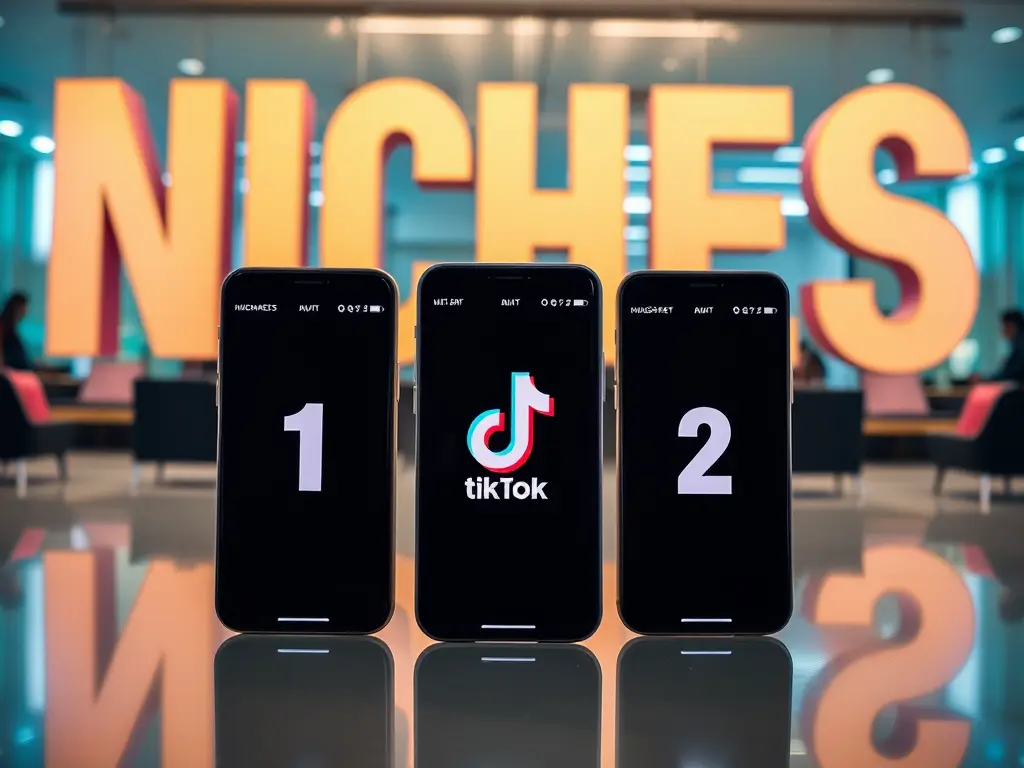



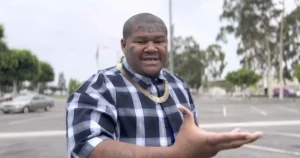

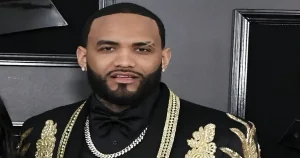



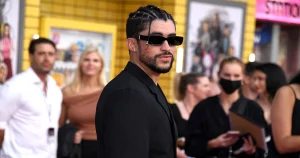


Post Comment